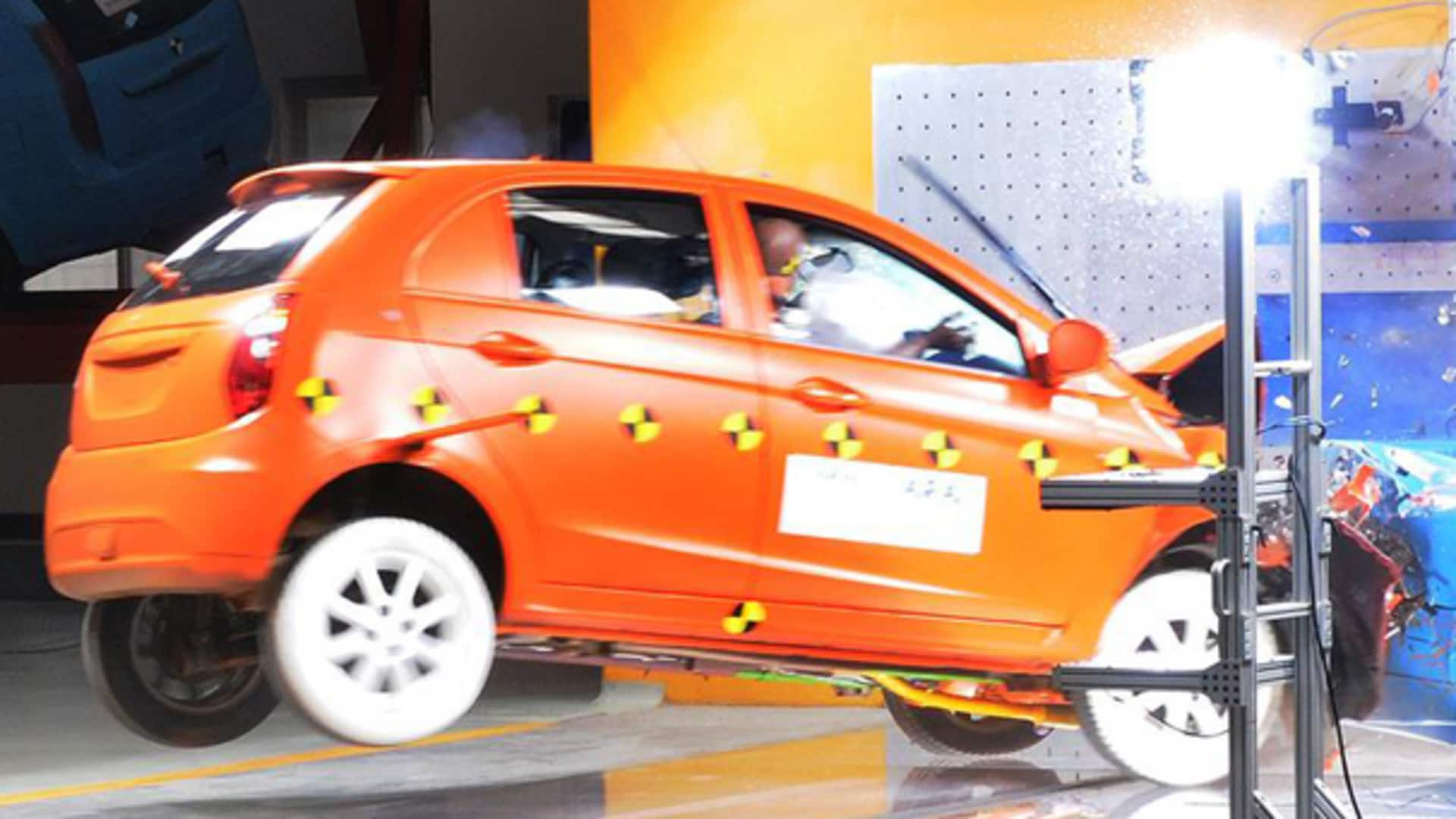
Bharat NCAP safety ratings, explained
What's the story
India's Ministry of Road Transport and Highways has introduced Bharat NCAP, a voluntary crash test rating system. It is designed to enhance vehicle safety and encourage better driving practices. The program allows automakers to submit their cars for testing according to Automotive Industry Standard (AIS) 197, fostering global competition and innovation. As a result, buyers can make informed decisions based on safety ratings, ultimately reducing road accidents and fatalities. So how should you read these safety ratings? Let's see.
Assessment
First, let's see the eligibility criteria for vehicles
Eligible vehicles for Bharat NCAP testing include those in the M1 category, approved for carrying up to eight passengers plus one driver, with a gross weight lower than 3,500kg. Both locally manufactured and imported vehicles with combustion engines and all-electric powertrains are included. Cars are assessed on frontal impact, side impact, and side pole impact tests, with separate star ratings awarded for Adult Occupant Protection (AOP) and Child Occupant Protection (COP).
Selection
How are vehicles selected for the crash test?
The crash test procedure under Bharat NCAP involves automakers nominating a vehicle for testing. Bharat NCAP authorities then randomly select a base variant from the company stockyard and dispatch it to the testing facility. Required tests are conducted in the presence of witnesses from the automaker and Bharat NCAP officials. Results are compiled, revealed to the automaker, and published for public knowledge. A certificate is also issued by the Central Institute of Road Transport.
Information
A quick look at the rating system
Tested vehicles will be offered a star rating according to the results. The ratings start from one star (4 points for AOP, 9 points for COP) and go up to five stars (27 points for AOP, 41 points for COP). In simple words, a car with more stars is safer than a car with fewer stars.